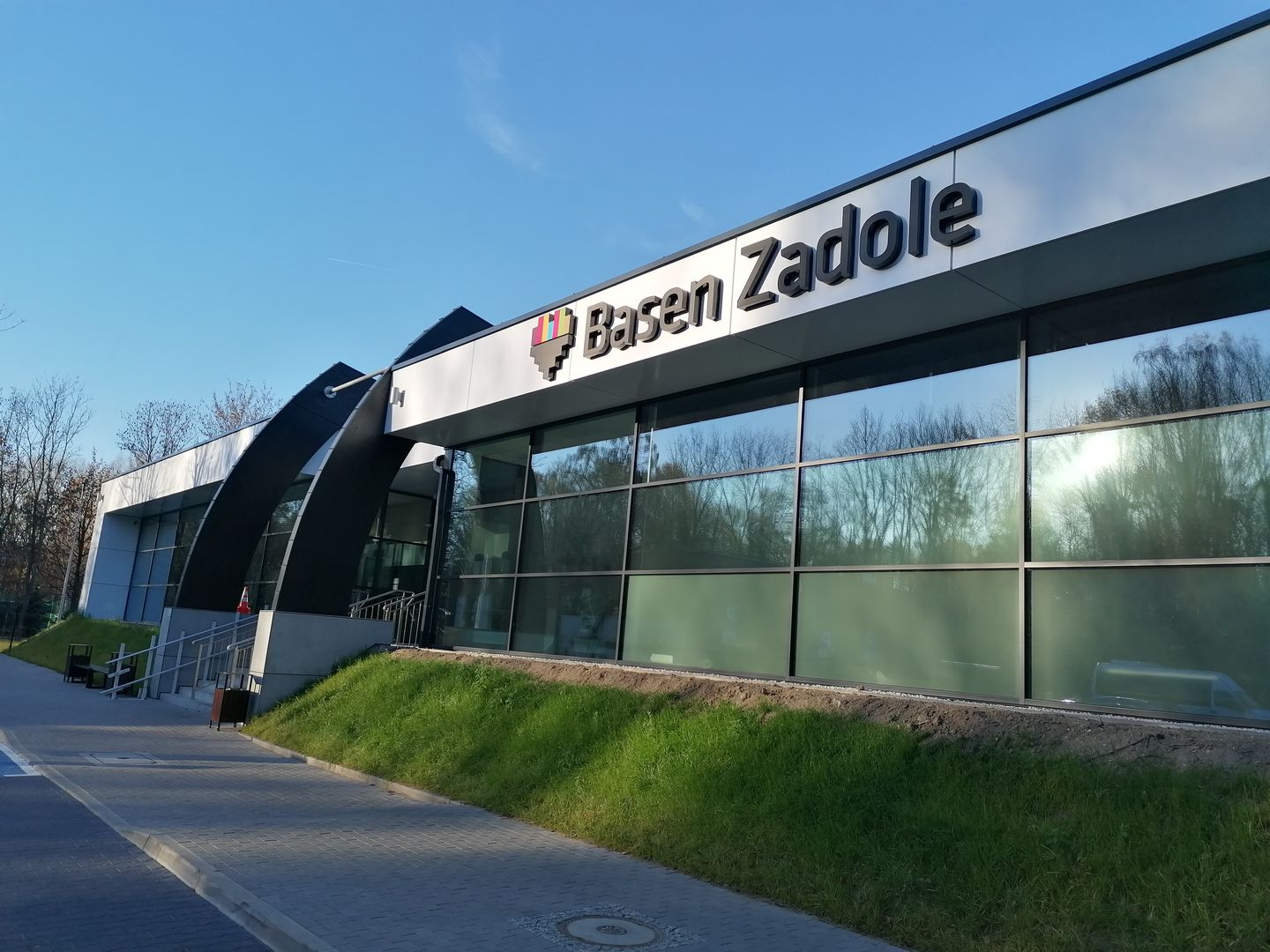Ligota-Panewniki
7.14

Overview
Ligota-Panewniki is one of the districts of Katowice, whose name derives from the combination of two historical communes: Ligota and Panewniki. The history of Ligota dates back to the 14th century, while Panewniki was established in the 16th century. The area has undergone various transformations, from rural agricultural settlements to places of industrial and recreational significance, especially after the construction of the railway line in the 19th century, which contributed to industrial development and attracted residents from other regions. Single-family homes dominate in Ligota, whereas in Kokociniec and Zadole, one can find multi-family buildings from the 1970s and 1980s, including the so-called "stodoły" (barn-like blocks). The Panewniki Calvary and the Franciscan monastery complex are key architectural features, including the neo-Romanesque Basilica of St. Louis the King. Culturally, Ligota-Panewniki is active with institutions such as the "Ligota" Municipal Cultural Center, which offers a variety of artistic activities. The district hosts events like the Festival of Blooming Hawthorns and the Ekosong Ecological Song Festival. An interesting fact is that in Kokociniec, historically referred to as Panewniki, pans (Polish: "panwie") were produced for centuries, forming the basis of the local economy. It is worth noting that the district boasts rich natural assets, thanks to the Panewniki forests and numerous green areas, which serve as recreational spaces for residents. Moreover, Ligota-Panewniki was the site of significant historical events, such as the Third Silesian Uprising, in which locals actively participated. After 1989, the district has transformed into a hub of intensive residential development, demonstrating dynamic changes in its urban landscape. Additionally, Ligota-Panewniki is well-connected through the public transportation system, including rail, which facilitates access to the city center of Katowice and other parts of the Upper Silesian-Zagłębie Metropolis.
Location
Tickets
Powered by GetYourGuide
2025 Wizytor | All Rights Reserved

